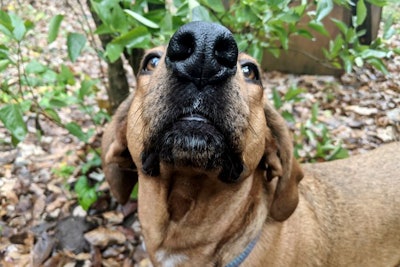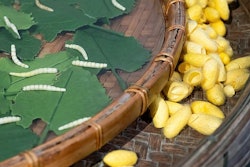
In late 2019, pet food production facilities were already focused on stopping the spread of germs as the facilities, as they adapted to provisions of the Food Safety Modernization Act. During the early months of the pandemic, some pet food production facilities adapted those existing biosecurity and food safety measures to help prevent COVID-19 transmission. As the pandemic continues, biosecurity and food safety remain foremost concerns among pet food and other animal feed production facility staff, yet the facility itself may present the largest challenge.
Pet food production safety and COVID-19
“The COVID-19 pandemic forced us to think more about biosecurity in our animal food manufacturing facilities,” Gary Huddleston, American Feed Industry Association’s director of feed manufacturing and regulatory affairs. “Some of the same procedures that we put into place to improve worker safety during the pandemic are also excellent biosecurity procedures for improving animal food safety.”
At AFIA’s Equipment Manufacturer’s Conference, held earlier this month, participants discussed the interrelated concepts of biosecurity and food security in the age of COVID.
“As we concluded the conference, attendees agreed that our industry can and must do better with regard to improving industry biosecurity and food safety programs,” Huddleston said. “We can accomplish a lot when equipment manufacturers and feed manufacturers work together to improve their facility and equipment design for the future.”
Pet food facility staff still must worry about workers spreading pathogens to the food or vice-versa. During the past (nearly) two years, facilities increasingly focused on keeping workers from passing germs among themselves. At the same time, various factors have resulted in a labor shortage. Keeping employee safety and health in mind can help keep a pet food facility running without interruptions.
“No doubt about it - you need workers to run the plants,” Huddleston said. “With labor being in shorter supply now because of the pandemic, worker safety is even more important to keep workers safe and healthy, but facilities can’t drop their guard on all of the other important safety programs they have in place.”
Older facilities pose biosecurity challenges
Those safety programs often must consider the limitations of the building itself. Equipment Manufacturer’s Conference attendees noted that aging facilities prove a challenge, as the average age rises for buildings in the pet food and livestock feed industries.
“Most older facilities were not designed with a lot of biosecurity and food safety procedures and practices in mind, but retrofitting older facilities to take advantage of some of the newer biosecurity and food safety design ideas can be quite expensive,” Huddleston said. “Many within our industry are dealing with this issue along with changing their employee safety culture, which can be a difficult hill to climb.”
To attempt that climb, he said conference attendees agreed that focusing on the low-hanging fruit, such as developing a solid biosecurity and food safety culture among your employees, is the most practical step companies can take action on today.
Automation, human health get attention in pet food plants
From previous reporting: In production facilities, existing measures meant to keep germs from getting on pet food also helped keep the coronavirus from passing between people.
“Pet food processors must pay close attention to employee and raw material segregation, hygiene, equipment design, conveyance, cleaning and inspection,” Jeff Matis, senior project manager for CRB, said, “This is no different from human food processing facilities.
“Facility design and organization all starts with establishing material segregation, personnel segregation and hygienic zone definition. Raw and cooked side segregation is now the expectation, and process and support functions are organized around this primary demarcation. Designs should include a linear flow into the facility to maintain these zones of segregation. Cooking or kill steps are aligned with the same practices used in human food facilities, with many of the products processed post-cooking through packaging in high hygiene zones to reduce chance of cross contamination.
“The ideal flow will account for minimal personnel and material transitions. Reduction of personnel contact and transitions will help protect the workforce. We're helping clients coordinate and segregate personnel and material movement to the extent possible to enhance safety. In some cases, shared functions such as shift change transitions, breakrooms, parts storage and cleaning may function best segregated or separated.”
In many cases, existing procedures proved sufficient for pet food producers and their suppliers to carry on in the United States and other countries where they were acknowledged as necessary for providing pets with nutritious diets.














